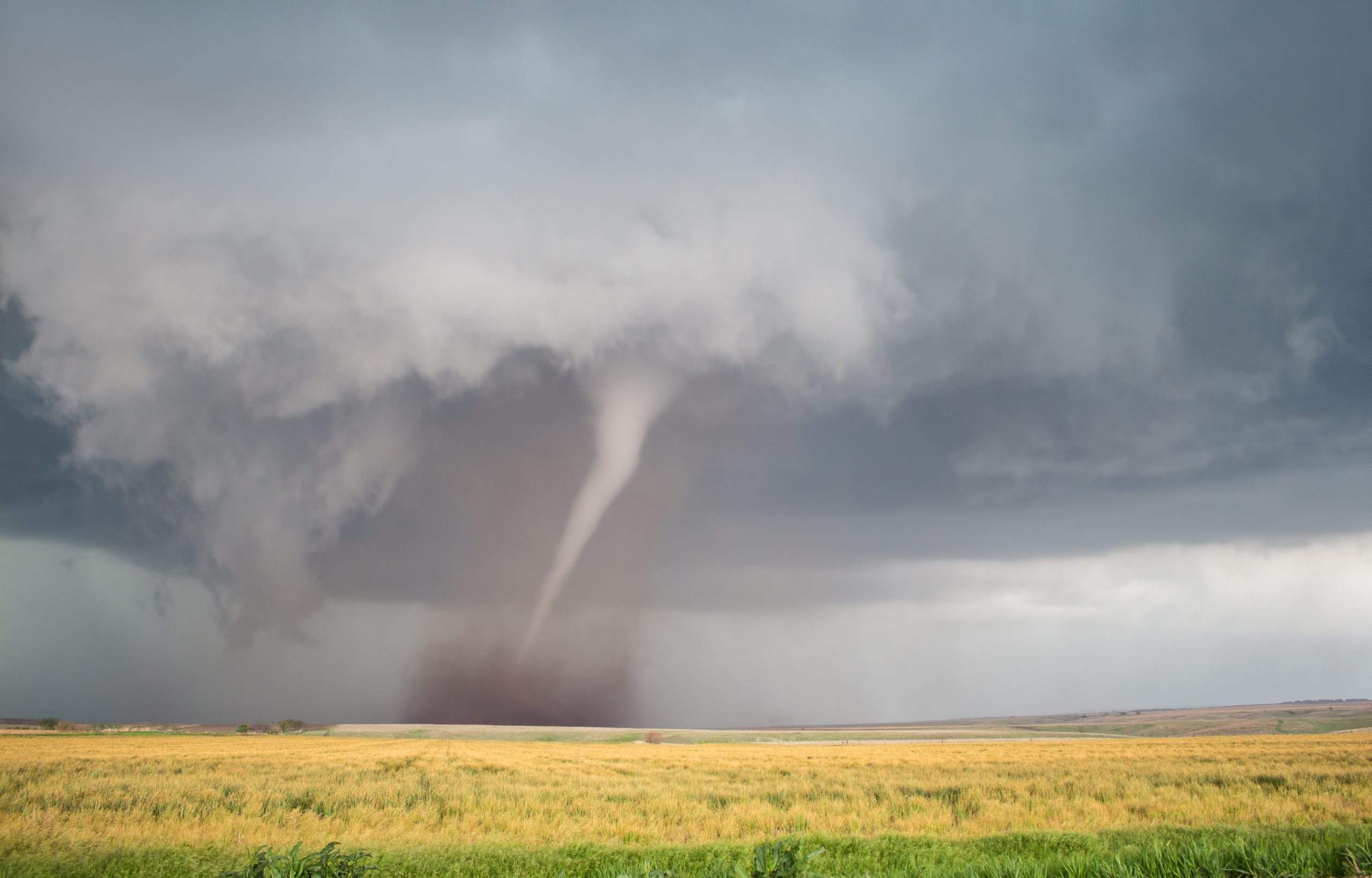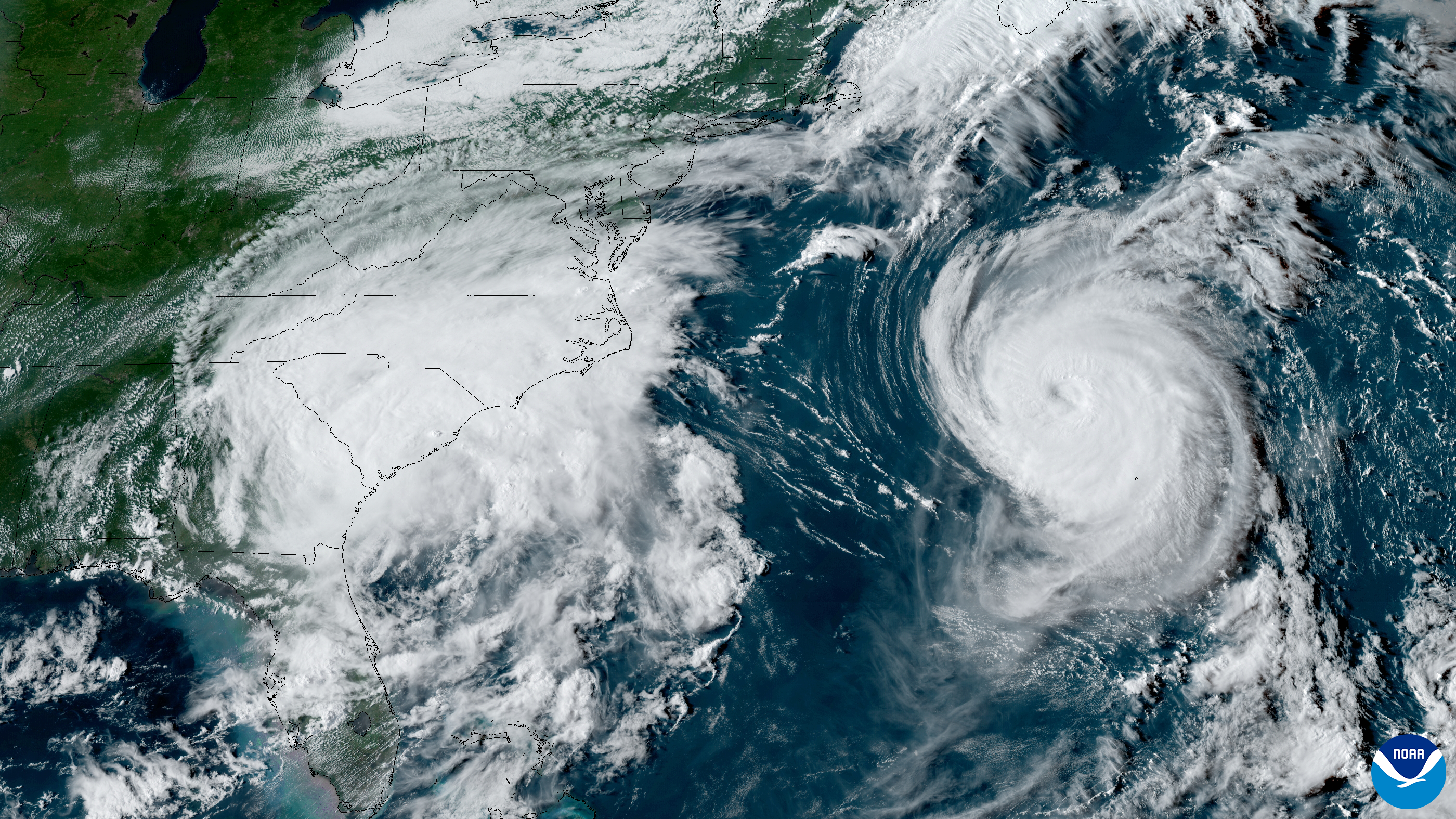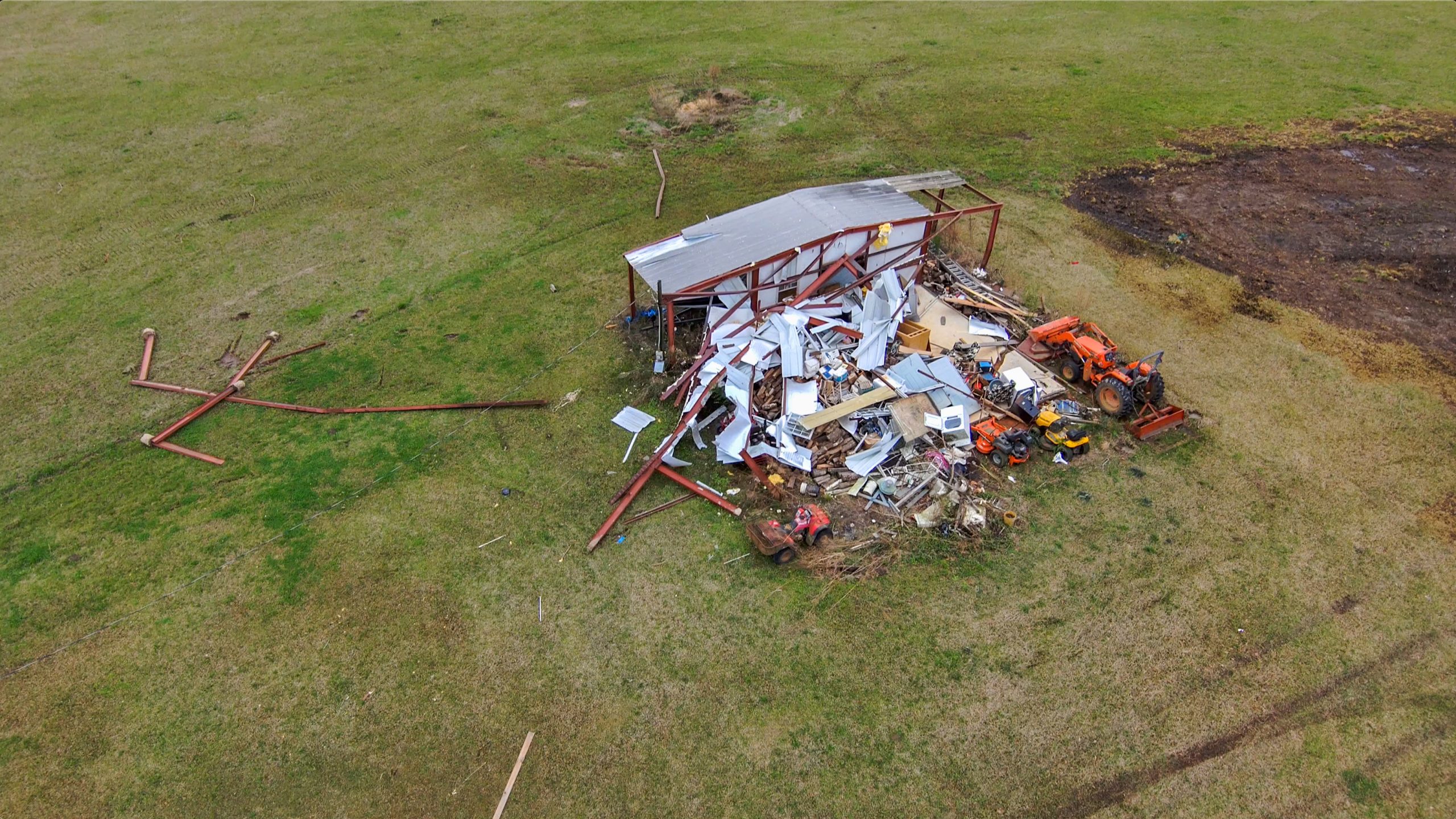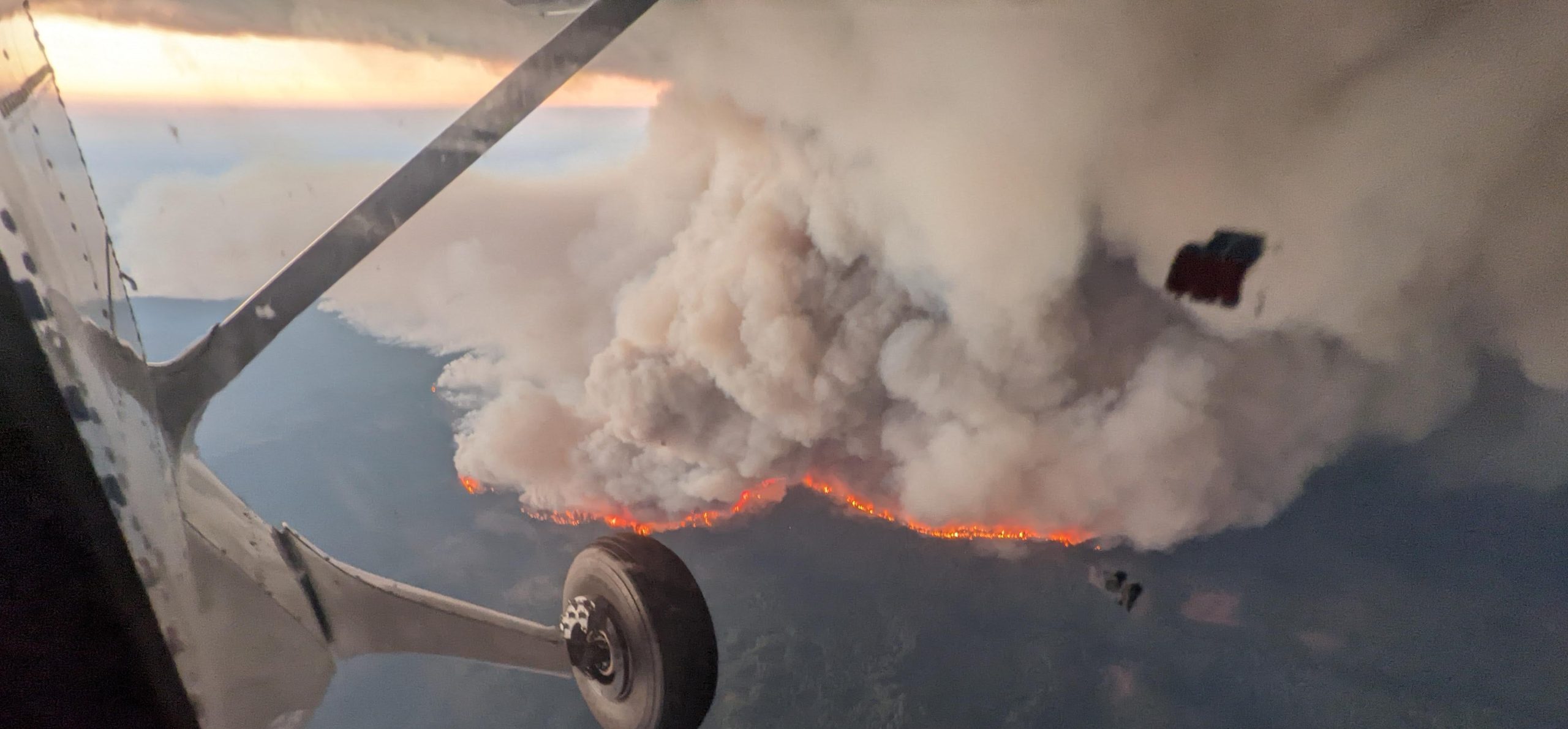You may have heard of atmospheric rivers in the news lately due to the intense rainfall and flooding along the U.S. West Coast. These naturally occurring air currents can bring both severe disruption and great benefit through the heavy rain and mountain snows that contribute to regional water supply. On average, about 30 to 50 percent of annual precipitation in the west coast states occurs in just a few atmospheric river events. NOAA studies atmospheric rivers to improve forecasting capabilities as well as to improve our understanding of atmospheric river impacts on communities and the physical environment.
Atmospheric rivers are long, concentrated regions in the atmosphere that transport moist air from the tropics to higher latitudes. The moist air, combined with high wind speeds, produce heavy rain and snow upon landfall, especially over mountainous terrain. These extreme precipitation events can lead to flash flooding, mudslides, and catastrophic damage to life and property. When atmospheric rivers pass over land they can cause conditions similar to those of hurricanes with intense and rapid rainfall, cyclone force winds, and significantly increased wave heights. In October 2021, an atmospheric river event hit California, severely impacting the San Francisco Bay area. After rapidly intensifying, the low pressure system produced record rainfall, up to 80 mile per hour winds, and up to 60 foot waves. These conditions are similar to those currently occurring along the west coast, with some areas in California already seeing over 18 inches of rain within the past week. Nearly all of California has seen significantly above average rainfall with totals 400-600% above average values.
NOAA and partners manage facilities such as the NOAA Hydrometeorology Testbed and conduct targeted field campaigns using satellite measurements, offshore aircraft reconnaissance, and land-based atmospheric river observatories to guide model forecast system development, leading to improvements in the prediction of atmospheric river intensity and duration to support water resource management decisions. The NOAA Aircraft Operations Center and the U.S. Air Force 53rd Weather Reconnaissance Squadron “Hurricane Hunters” provide specially equipped aircraft for reconnaissance missions into atmospheric rivers. The NOAA G-IV jet and the U.S. Air Force Reserve WC-130J feature state of the art technology for collecting atmospheric data in storm events. During these missions, NOAA researchers and partners deploy dropsondes, which collect data on various atmospheric parameters. This data is then relayed to a central repository that feeds global weather forecasts. The NOAA Atmospheric River Portal, a comprehensive collection of current conditions and forecast models, is a useful resource for accessing information, images, analyses, diagnostics of current conditions, forecasts, and projects related to atmospheric rivers.
While atmospheric rivers are easy to see over the ocean via satellite imagery, it is more difficult to observe their structure once they pass over land. To fill these data gaps, NOAA developed on-the-ground atmospheric river observatories, equipped with instruments that collect data on water vapor, snow level, and wind profiles. When combined with imagery from NOAA’s GOES-18 and GOES-16 geostationary satellites, data are used to create thresholds for landfalling atmospheric rivers, which allow forecasters to monitor conditions associated with atmospheric rivers.
NOAA researches atmospheric rivers to improve forecasting capabilities as well as to improve our understanding of atmospheric river impacts and how they may change over time with climate change. NOAA’s Modeling, Analysis, Predictions, and Projections (MAPP) and Climate Variability and Predictability (CVP) Programs support research to improve the capability to predict atmospheric rivers weeks to months in advance. Data on atmospheric rivers can also help NOAA’s National Weather Service forecasters issue warnings for potential heavy rain and flooding in areas prone to the impacts of atmospheric rivers as many as five to seven days in advance. Since these weather events have such wide ranging impacts, these predictions can benefit numerous sectors of society, such as providing local emergency officials and reservoir managers with valuable information that they can act on.
Atmospheric rivers are natural parts of our global weather systems, and could potentially begin to change in frequency due to climate change. Last year, NOAA used data generated by regional climate models to determine that climate change will likely alter atmospheric rivers in ways that will make managing water more difficult. Researchers found that models predicted increased low-elevation precipitation, but less high-elevation precipitation. Studies like these, that model potential changes in atmospheric river events within the next century, are important tools for decision makers in areas where water supply might already be strained.
For more information, please contact Emily Ashe, NOAA Research Communications, at emily.ashe@noaa.gov.








